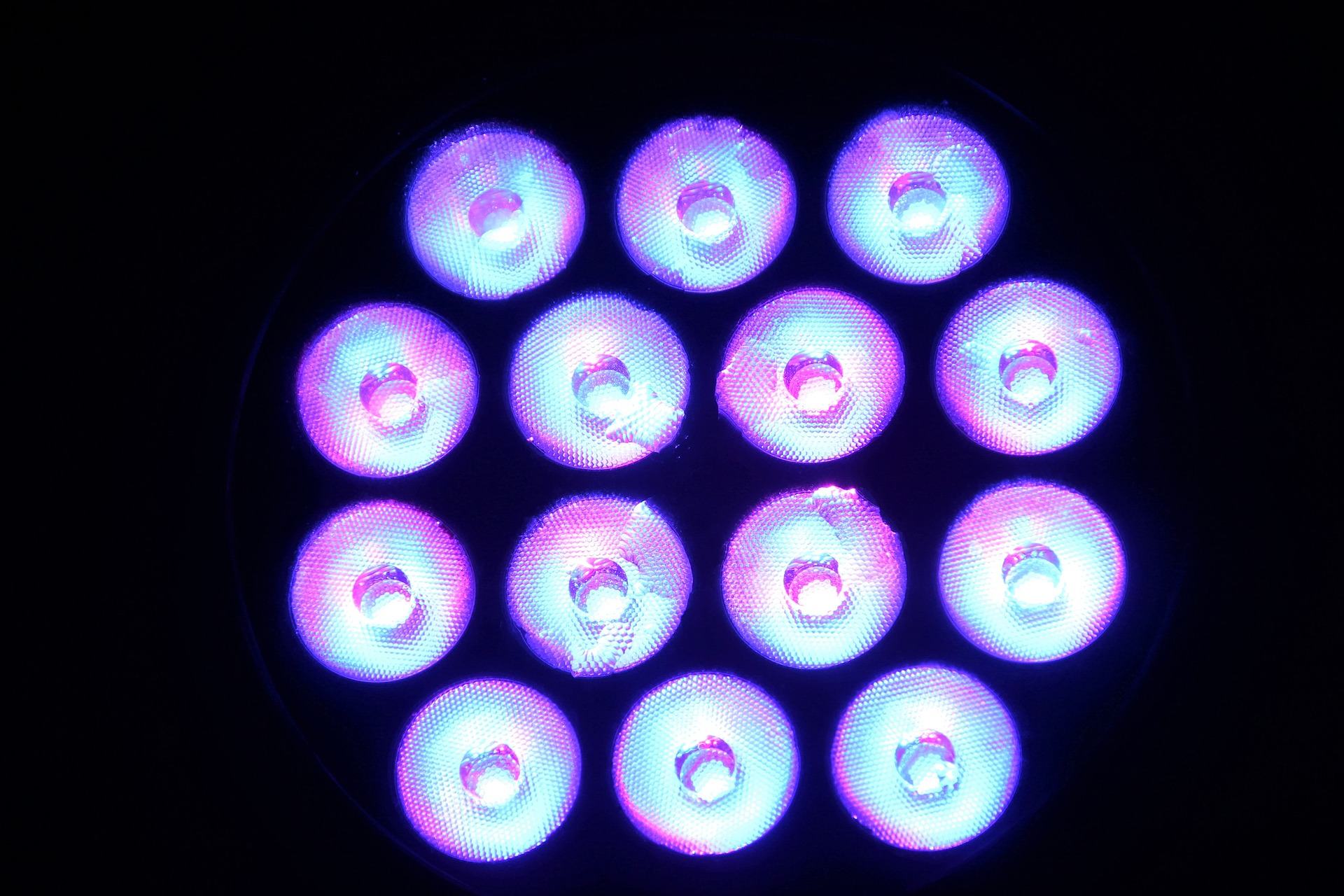The cannabis industry is booming, and with such rapid growth comes innovation. Ancillary companies and LPs are innovating the production process in ways never before imagined. Some of these cannabis technology innovations could lead to higher-quality products and lower prices. Others still require further testing and may never live up to the hype.
With any emerging industry people strive to do better and come out on top of their competitors. Cannabis is no different, and investment is pouring in because the industry is already worth billions of dollars and doesn’t face stiff international competition (yet). Recently even Silicon Valley has been taking an interest. This attention is no surprise considering Forbes recently reported that North American cannabis sales totalled $6.7 billion in 2016.
If current investment is any indication, there is a great deal more innovation in store for cannabis.
Here are the latest innovations which are shaping the future of cannabis in Canada and beyond.
Solventless Extraction Technology
For centuries solvent extraction has been used to create byproducts from various plants, and now it’s being used to produce cannabis extracts and concentrates. The process essentially keeps cannabinoids intact while stripping away unwanted plant matter and compounds. It’s used to create honey oil, shatter, and all sorts of concentrates.
The extraction process can be done using several different solvents:
- Butane – to produce Butane Hash Oil (BHO), the most popular extraction method
- Propane – to produce Propane Hash Oil (PHO)
- Supercritical Carbon Dioxide – to produce C02 Hash Oil (CHO)
- Alcohol (usually isopropyl) – to produce various concentrates
Each solvent has its pros and cons, but solventless extraction is emerging as the preferred method because it produces the highest quality and most unadulterated cannabis extracts.
There are several different methods of solventless extraction. The most popular methods are dry sift and ice water separation. Although these methods may involve more steps or take more time, many people find the final product worth the extra effort.
Some concentrates which are produced with solventless extraction include:
- Rosin and solventless shatter
- Cannabis butter (Budder)
- Freeze dried hash oil
LED Lights
Light Emitting Diode (LED) lights have been around since the 60’s, so why is it that they are just now being used to grow cannabis? The answer is that the technology has only recently advanced enough to make them accessible and affordable.
Most indoor growers have been using High-Pressure Sodium (HPS) or High-Intensity Discharge (HID) lights because they are tried and trusted. Despite their recent increase in popularity many growers still are skeptical about LEDs. Now all eyes are on LEDs to see whether they will prove themselves as the next big development in cultivation.

LEDs are more energy efficient than other light sources. They can also create consistent coverage so certain parts of the canopy aren’t over- or under-exposed to light.
The LED feature with the most potential is their capacity to produce the full spectrum of light – alternative grow lights only produce light on either end of the spectrum. Although having the full spectrum isn’t required to grow quality cannabis, some think that it can help plants grow higher concentrations of cannabinoids.
While LED manufacturers can say that their products are more efficient and save energy, they need evidence before we see LPs switch over.
The fact remains that LEDs are still more expensive than other lights like high-pressure sodium, T5, or metal halide lights, but prices are coming down as more companies produce them and the price of production and components goes down. The lower the cost goes, the sooner we will have conclusive data about how they compare with alternatives.
Isolated Terpenes
Terpenes are compounds found in cannabis which produce the odour and flavour profile of a strain. The technology used to isolate them has crossed over from the essential oil and fragrance industries and entered the cannabis industry. The most exciting applications are in the cannabis concentrates niche.
Isolated terpenes can be infused into concentrates and extracts to make them resemble particular strains. Since famous strains are known for their bouquets of fragrances, LPs will reproduce strains or create their own new flavour profiles.
With further development in the industry, consumers could see unique new flavours of cannabis products hit the market.